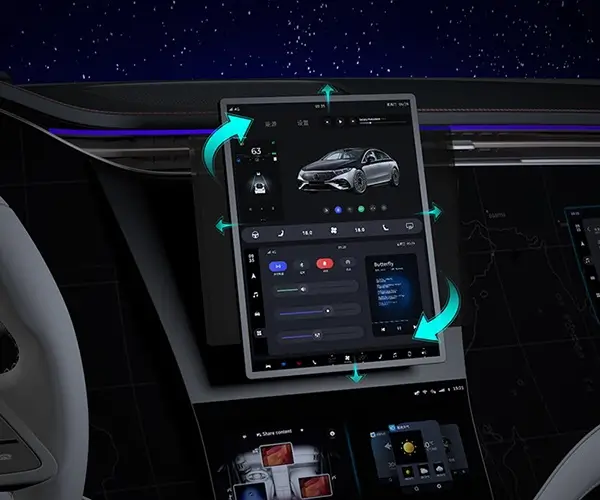In a world increasingly driven by digital connectivity, the way we work, learn, and communicate has undergone a profound transformation. At the heart of this revolution lies a technology that once seemed futuristic but has now become an everyday essential: remote desktop control software. Imagine being able to access your office computer from your cozy sofa, troubleshoot a client’s device from thousands of miles away, or collaborate on a project with a team scattered across continents—all without leaving the comfort of your home or even your pajamas.

Remote desktop control software acts as a digital bridge, spanning physical distances and creating a virtual workspace that’s as accessible as your local PC. It empowers individuals and businesses alike to operate seamlessly across different locations, thereby breaking down geographical barriers that once limited productivity and communication.
Why has remote desktop control software skyrocketed in popularity? The answer lies in its unique blend of flexibility, security, and efficiency. With traditional workspace settings, distance often meant delays, miscommunications, and limitations. Now, with a few clicks, users can connect to powerful computers, access files stored miles away, and conduct complex tasks as if they were sitting right in front of their machine.
But what exactly makes this software so transformative? The magic lies in its core features and capabilities. For starters, remote desktop solutions allow real-time interaction. Whether you’re working on a presentation, performing software testing, or providing tech support to a client, the instant visualization of your remote desktop means no lag—and no frustration. This immediacy not only boosts productivity but also fosters a sense of presence and collaboration that’s often missing in digital communication.
Beyond simple remote control, many of these solutions offer additional functionalities that enhance user experience. File transfer capabilities enable seamless movement of documents, images, and data between local and remote machines. Screen sharing allows multiple users to view and annotate the same content, facilitating collaborative brainstorming sessions. Some advanced options even include session recording, multi-monitor support, and encrypted connections to ensure security in sensitive environments.
Security, in particular, is a key concern when accessing distant systems. Reputable remote desktop software incorporates robust encryption protocols, multi-factor authentication, and intrusion prevention measures to safeguard sensitive information. In a time when cyber threats are constantly evolving, such safeguards are not just desirable—they are mandatory.
Another aspect fueling interest is the compatibility of remote desktop software across various devices and operating systems. Whether you're on Windows, macOS, Linux, Android, or iOS, modern solutions ensure you can connect effortlessly. This cross-platform flexibility means that users aren’t tied to specific hardware or software ecosystems, making remote access truly universal.
The recent global shift toward remote work due to unforeseen circumstances like the COVID-19 pandemic has turbocharged the adoption of these tools. Companies of all sizes—startups, multinational corporations, and everything in between—have had to scramble to implement reliable remote access for their teams. Remote desktop control software has stepped into this breach, providing continuity, agility, and resilience in a time of unprecedented change.
However, the benefits aren’t solely confined to corporate settings. Students engaging in distance learning, freelancers seeking flexible work arrangements, IT professionals troubleshooting systems—everyone is discovering new ways to leverage remote desktop tools to streamline their routines and improve efficiency.
In addition, the role of remote desktop software extends beyond individual convenience. It’s becoming a critical component in digital infrastructure, underpinning cloud services, virtual private networks, and sophisticated enterprise solutions. As organizations move toward more decentralized models, the importance of secure, reliable remote access only increases.
Yet, with all these advantages, selecting the right remote desktop control software can be daunting. The market is flooded with options—each boasting unique features, pricing models, and compatibility standards. Key considerations include security measures, ease of use, speed, support options, and integration with existing business tools. To truly harness its potential, users need to evaluate their specific needs and choose a solution tailored to their environment.
As we venture further into this digital frontier, one thing is clear: remote desktop control software isn’t just a convenience—it's a fundamental enabler of modern productivity and connectivity. From enabling remote work and supporting global collaborations to providing instant technical assistance, these tools are reshaping our interactions with technology and each other.
Stay tuned for the next part, where we’ll explore practical applications, the latest innovations, and tips on choosing the best remote desktop software to empower your digital journey.
Kpower has delivered professional drive system solutions to over 500 enterprise clients globally with products covering various fields such as Smart Home Systems, Automatic Electronics, Robotics, Precision Agriculture, Drones, and Industrial Automation.




































